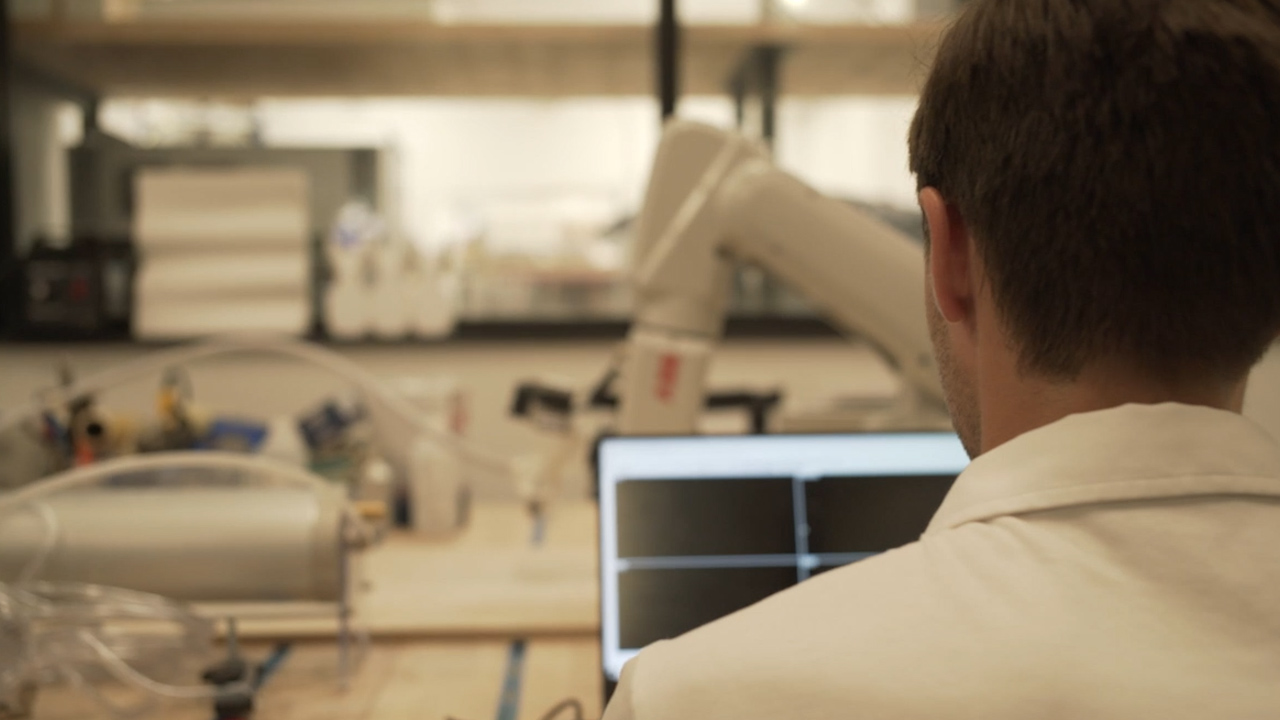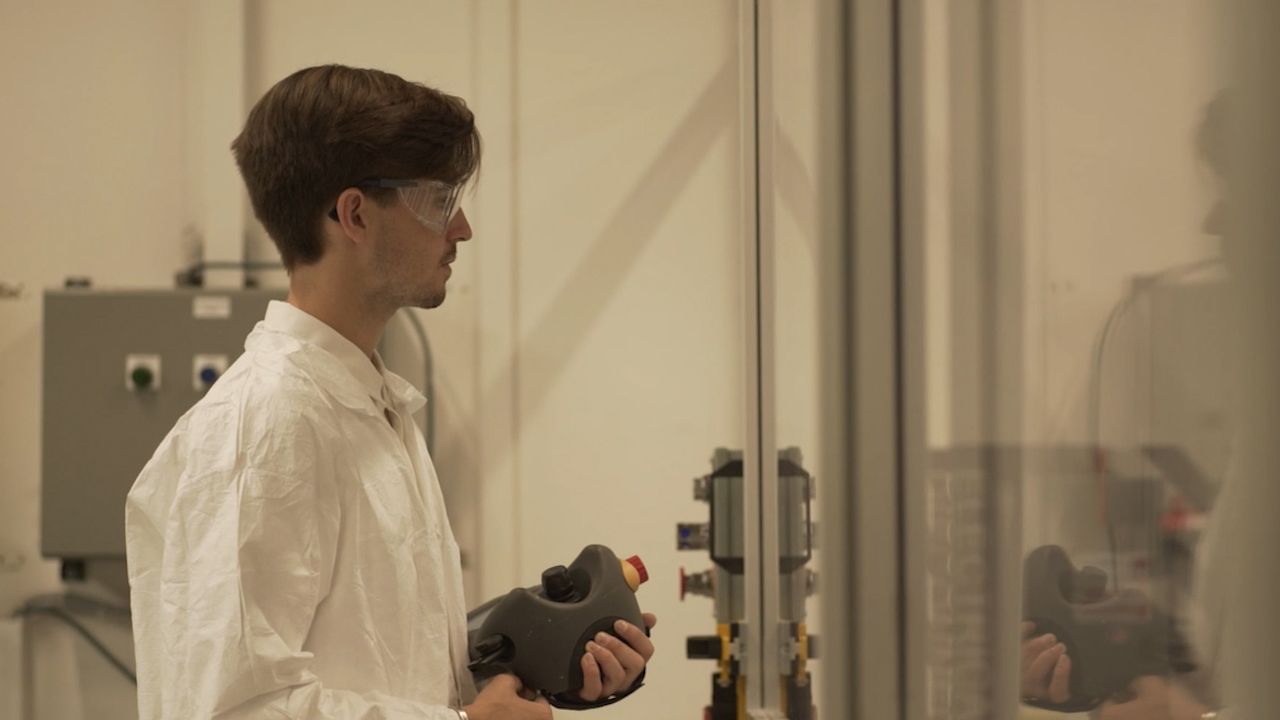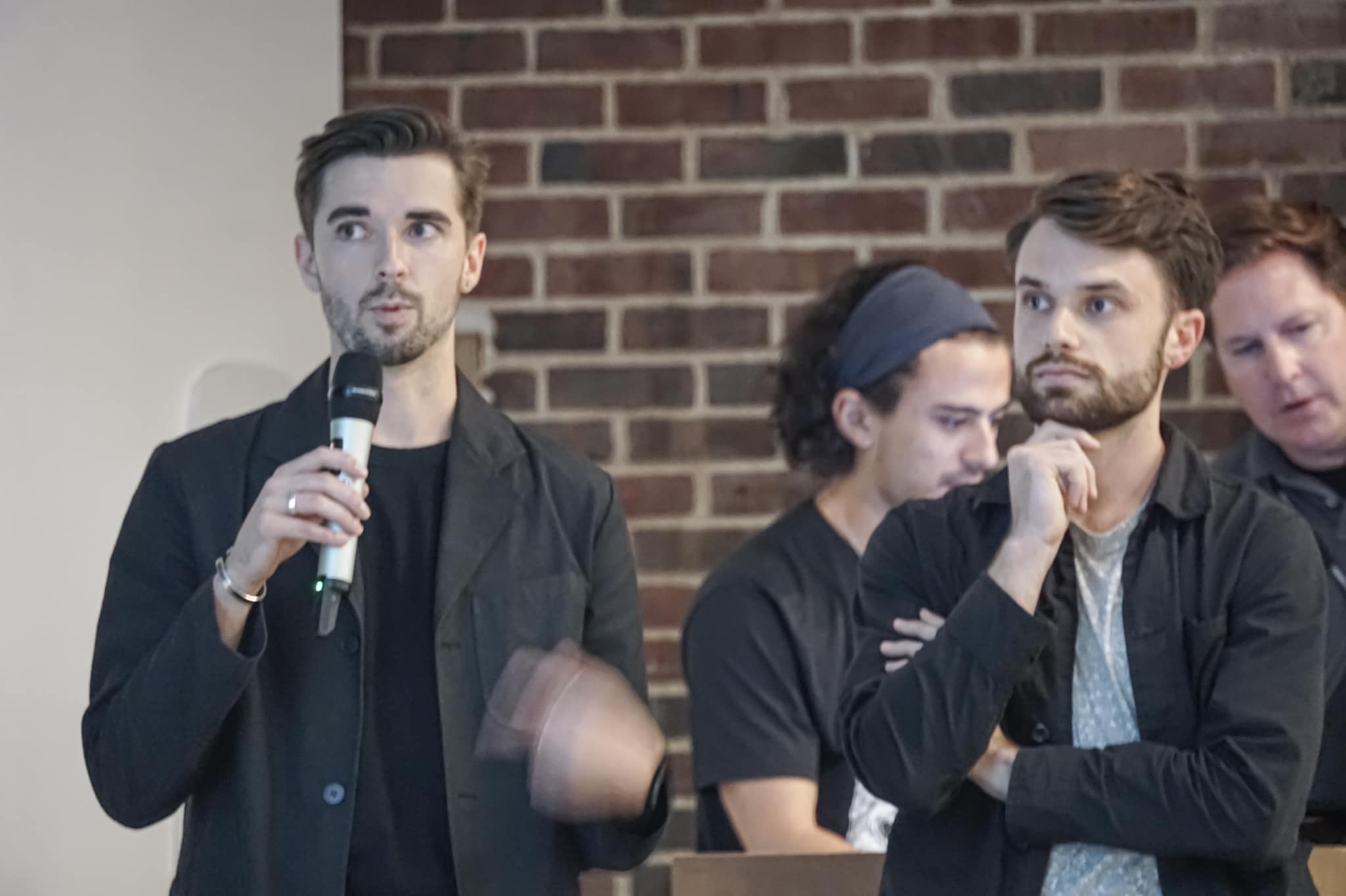/*the whole system and structure of a language or of languages in general, usually taken as consisting of syntax and morphology (including inflections) and sometimes also phonology and semantics.*/ /* A language is not just words. It's a culture, a tradition, a unification of a community, a whole history that creates what a community is. It's all embodied in a language. Noam Chomsky */ /*Semiotics is a general theory of all existing languages... all forms of communication - visual, tactile, and so on... There is general semiotics, which is a philosophical approach to this field, and then there are many specific semiotics. Umberto Eco */ /* The entire universe is perfused with signs, if it is not composed exclusively of signs. Charles Sanders Pierce */ /* We make versions, and true versions make worlds. Nelson Goodman */

/*the whole system and structure of a language or of languages in general, usually taken as consisting of syntax and morphology (including inflections) and sometimes also phonology and semantics.*/ /* A language is not just words. It's a culture, a tradition, a unification of a community, a whole history that creates what a community is. It's all embodied in a language. Noam Chomsky */ /*Semiotics is a general theory of all existing languages... all forms of communication - visual, tactile, and so on... There is general semiotics, which is a philosophical approach to this field, and then there are many specific semiotics. Umberto Eco */ /* The entire universe is perfused with signs, if it is not composed exclusively of signs. Charles Sanders Pierce */ /* We make versions, and true versions make worlds. Nelson Goodman */

Launch Application
Launch Application
Launch Application
Launch Application
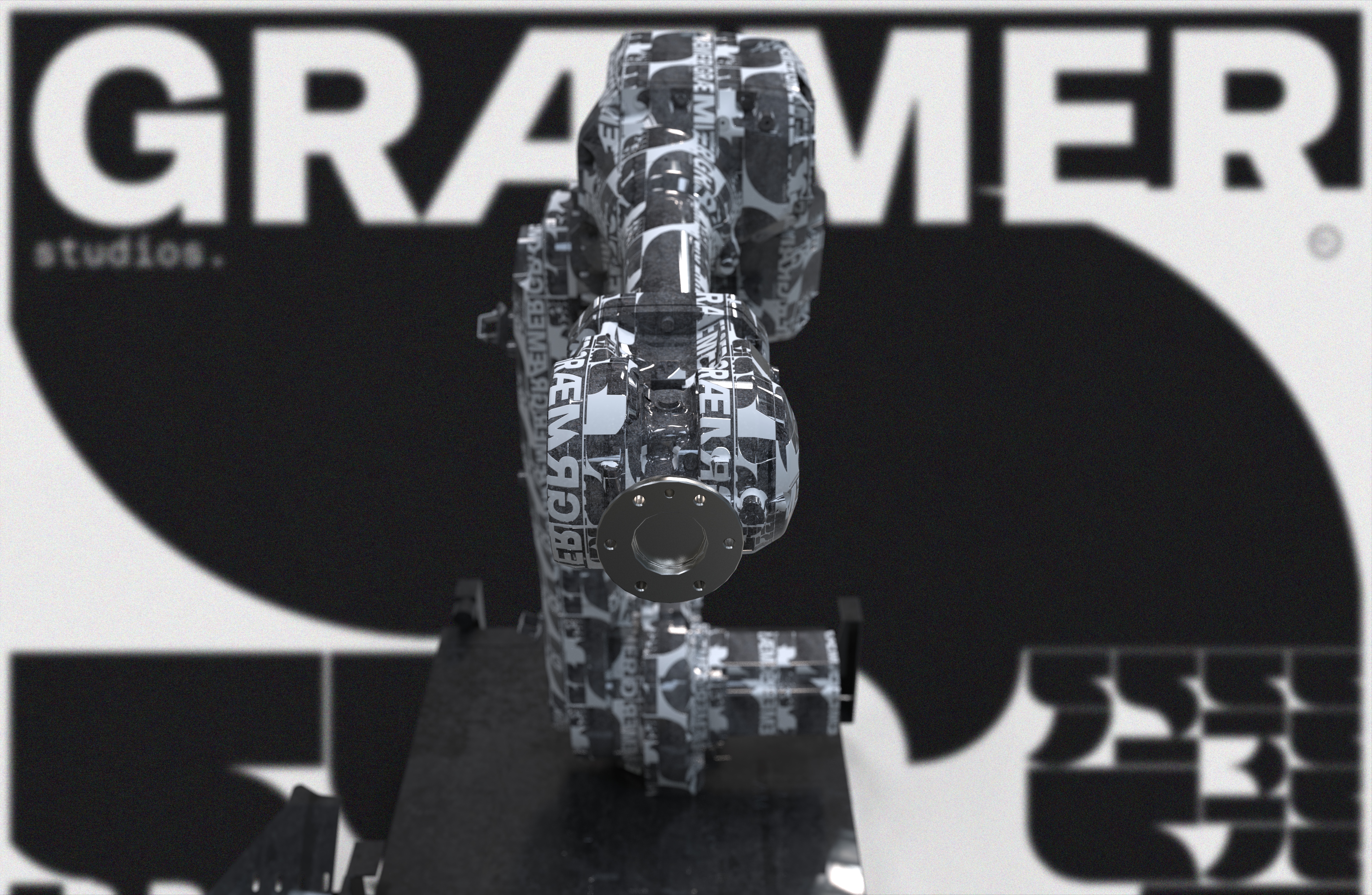
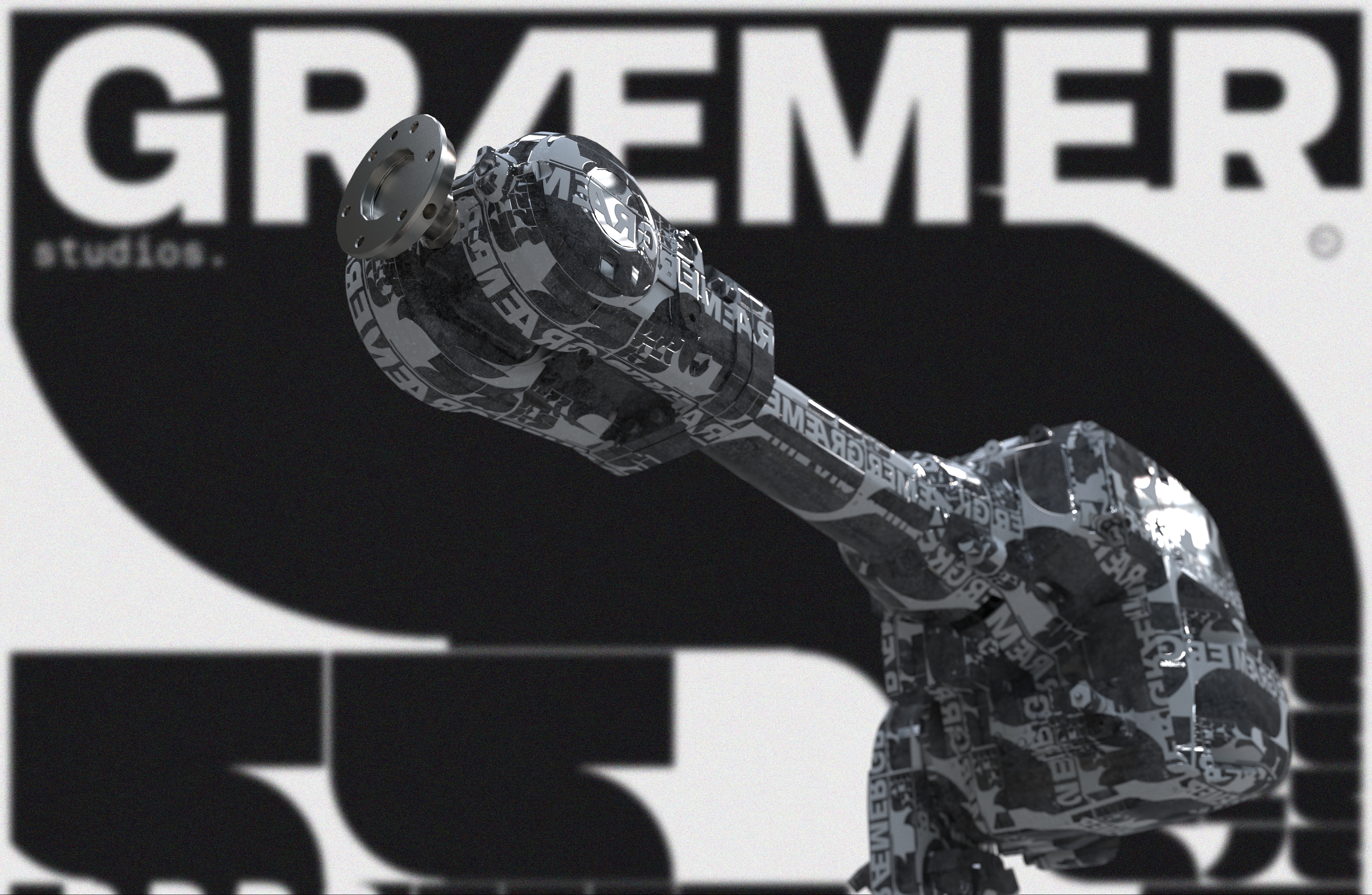
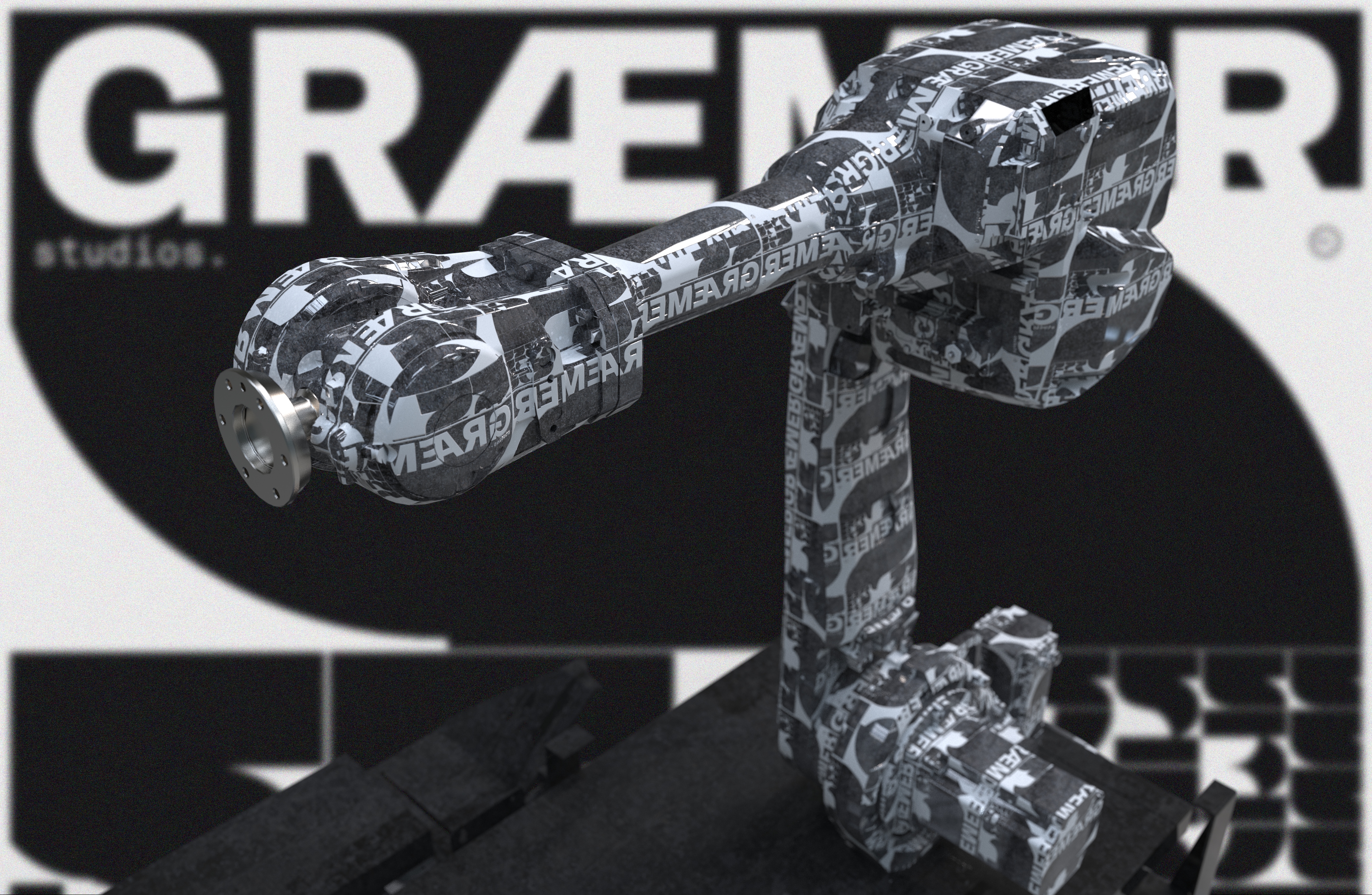
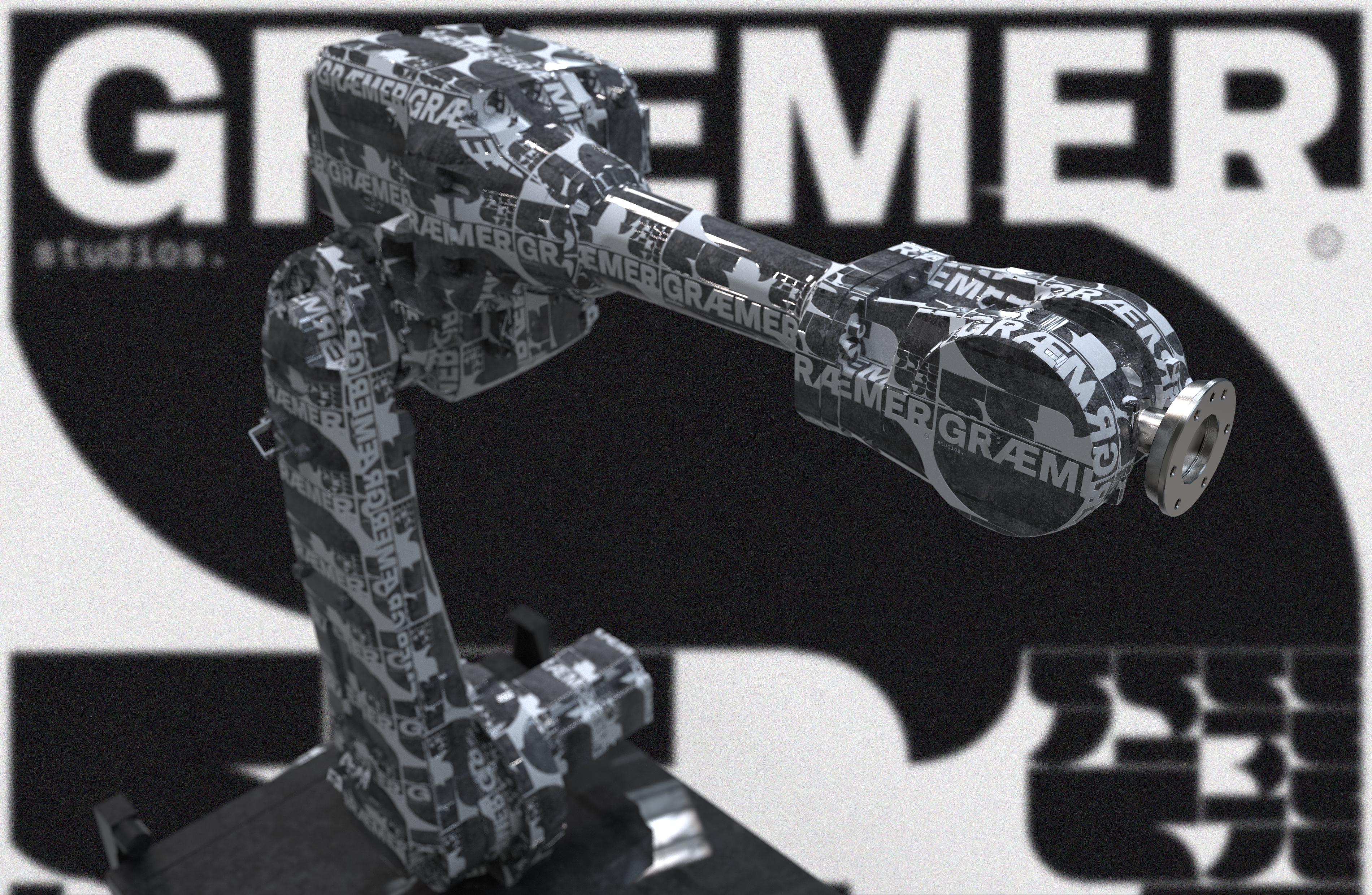
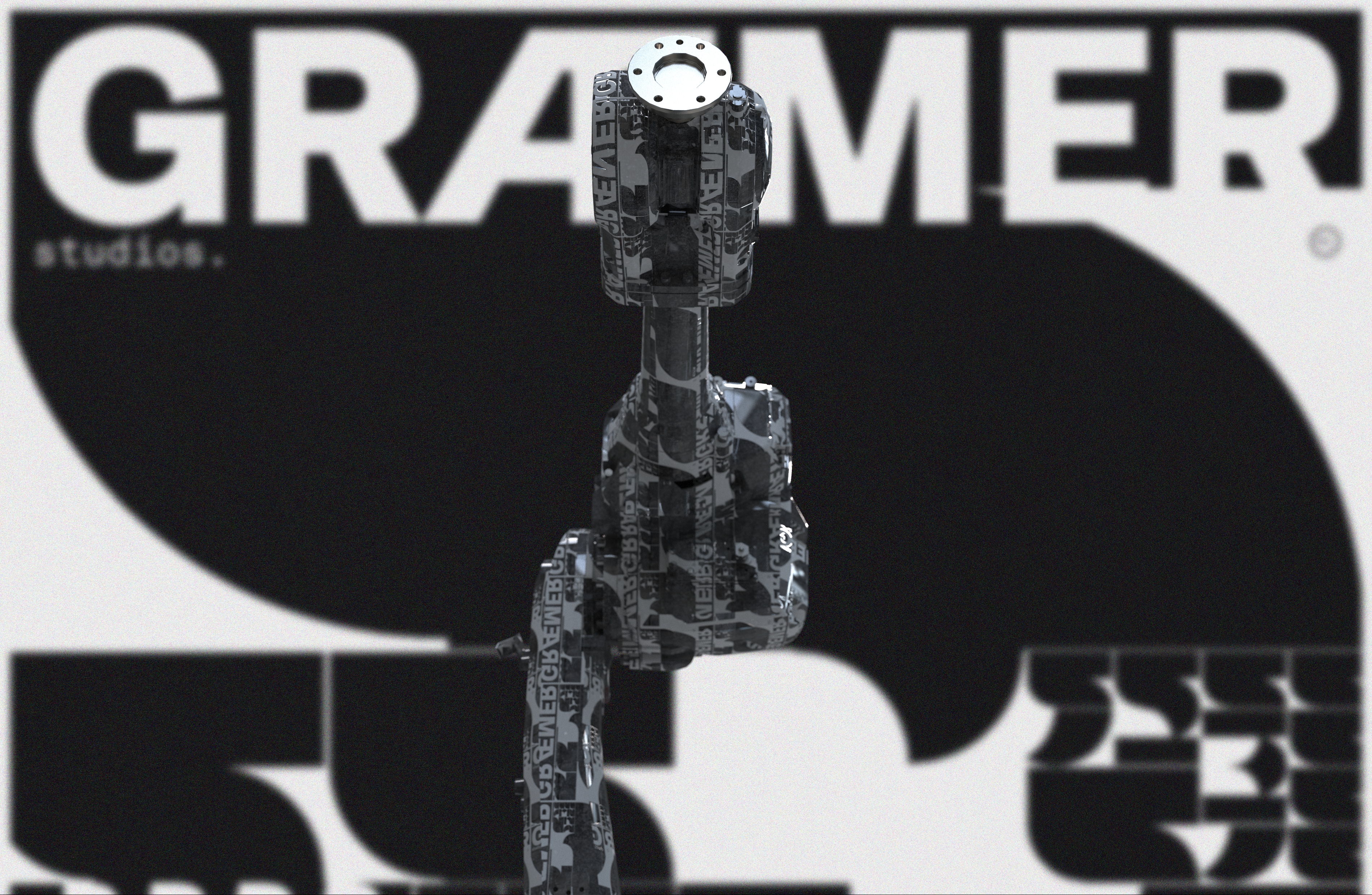

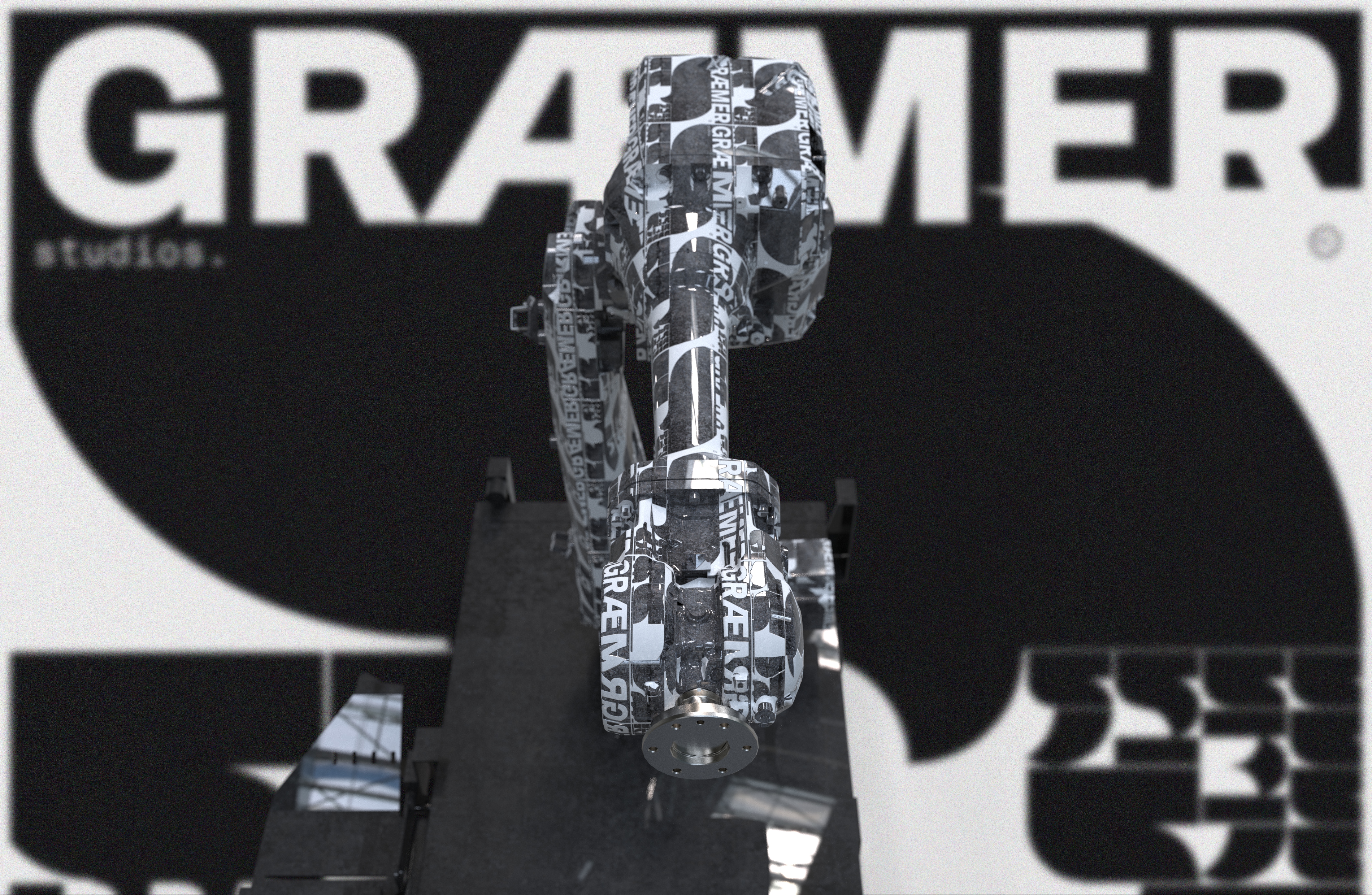

Brand Mockup - Tote Bag
Product mockup showcasing the Graemer brand on merchandise
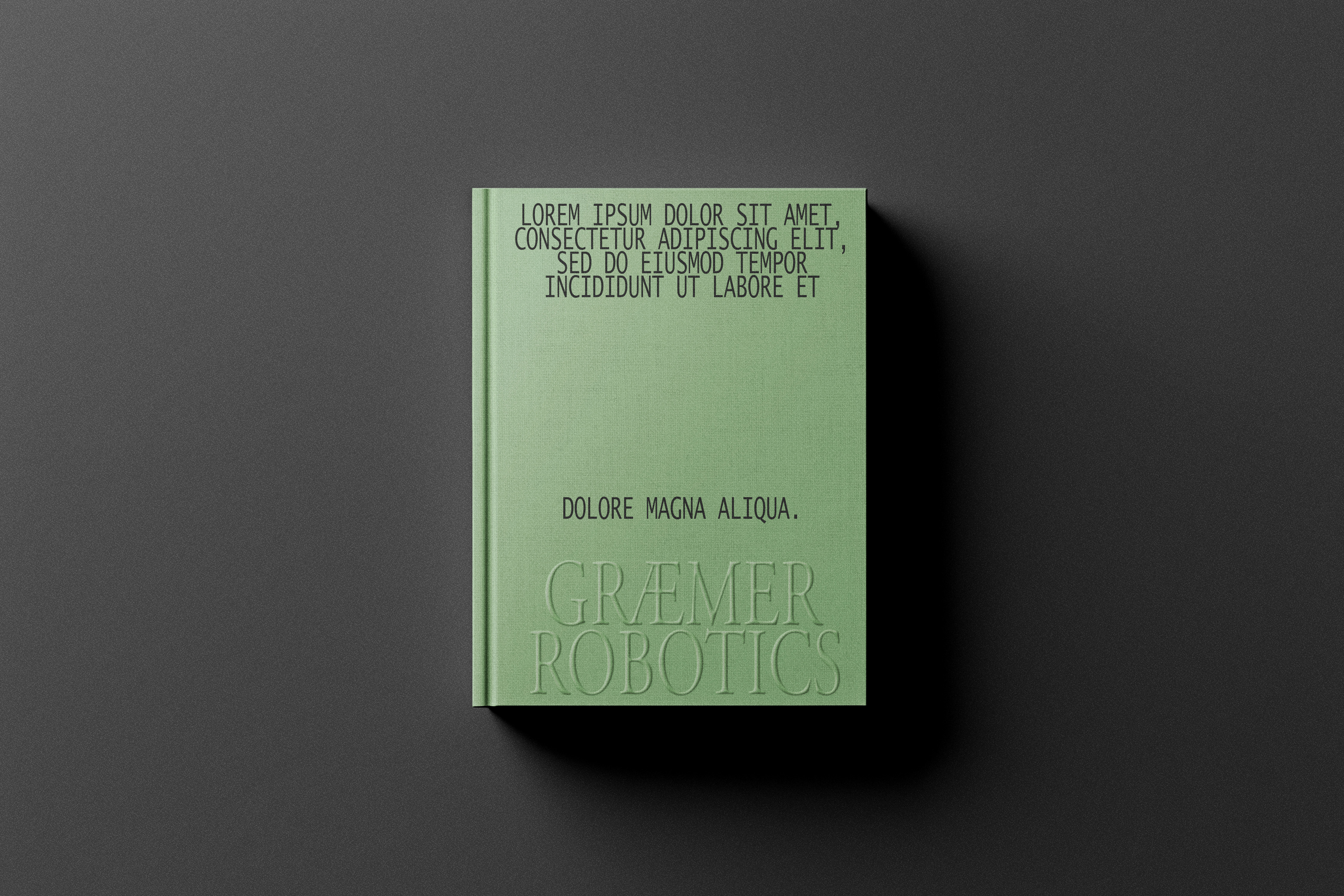
Brand Mockup - Book
Publication mockup demonstrating brand application

Brand Guidelines - Lowercase
Lowercase variant of the Graemer brand identity

Brand Guidelines - Uppercase
Uppercase variant of the Graemer brand identity
The name Graemer resonates deeply in a time when language—its structures, ambiguities, and powers—has become both the engine and the battleground of artificial intelligence.
Why "Graemer"?
The name Graemer is a deliberate invocation of the grammatical, the symbolic, and the constructive—a synthesis of "grammar" and "maker." It gestures toward the act of shaping meaning through form, whether in language, code, material, or design. It's a name that suggests to grammar is to build—not merely to describe the world, but to structure it, materialize it, and give it legibility.
In an era where AI systems ingest and generate language at scale, Graemer stands as a critical counterpoint: a reminder that language is not just a tool—it is a philosophy, a politics, a craft.
Intellectual Lineage
The name Graemer finds intellectual kinship with a tradition of thinkers who understood language not as a neutral vessel, but as a world-making force:
Umberto Eco
Eco taught us that signs are never stable—that meaning is always a negotiation between sender, receiver, and context. Graemer inherits Eco's semiotic awareness, embracing ambiguity as a space for creativity rather than a flaw to be optimized away. Our systems do not seek to flatten interpretation, but to honor its multiplicity—to allow machines to remain readers as much as writers.
Noam Chomsky
Chomsky's transformational grammar proposed that beneath the diversity of human languages lies a universal structure. Graemer is inspired by this idea, but repositions it for the material world: Can there be a universal grammar of making? What does it mean for a robotic system to "understand" form, not just through data, but through structure? We build systems that explore this possibility—connecting syntax and substance.
Charles Sanders Peirce
Peirce's triadic model of signs—icon, index, symbol—forms the foundation for modern semiotics. For Graemer, this is not merely theory but practice: our machines learn to interpret not just abstract symbols, but icons (images) and indexes (material traces)—bridging the gap between digital intelligence and the physical world. Peirce reminds us that meaning emerges not just from what is said, but from what is felt, shown, and inferred.
Nelson Goodman
In Languages of Art, Goodman argued that symbols are not passive representations, but active constructors of worlds. Graemer takes this to heart. Our AI systems are not just data interpreters—they are world-builders. We design tools that treat every dataset, every material process, every gesture, as part of a symbolic system with its own logic and potential for reassembly.
In the Age of AI
As large language models dominate headlines, it is easy to forget that language is more than prediction. It is a cultural artifact, a material force, and a creative constraint. Graemer exists to keep that richness alive in how we build, how we automate, and how we understand intelligence itself.
Where others seek fluency, we seek form.
Where others seek speed, we seek sensitivity.
Where others seek automation, we seek alignment with human values.
Graemer is not just a name. It is a declaration:
That to design with intelligence is to design with language.
And to design with language is to design with care.
In an era defined by artificial intelligence and computational efficiency, our company is committed to re-centering human values, craft, and creativity in the development of intelligent systems. We believe the future of technology lies not in replacing human labor or cultural knowledge, but in designing systems that extend our capacity to think, feel, and make with care.
We are a multidisciplinary research and technology company working at the intersection of AI, material production, software development, and cultural preservation. Our mission is to develop tools that deepen the relationship between people and the systems they depend on—tools that prioritize meaning over automation, texture over abstraction, and sensitivity over scale.
Our Mission
Our mission is to humanize the future of artificial intelligence.
We envision a world where machines are not separate from human culture but embedded within it—tools that are intelligent, not just efficient; responsive, not just reactive. Our aim is to ensure that as technology evolves, it continues to reflect and support the richness of human experience.
To do this, we build systems that:
- Preserve Cultural Intelligence: Developing AI tools that analyze and interpret human artifacts—texts, objects, materials—with the care and nuance they deserve.
- Enhance Human-Machine Collaboration: Designing robotic systems and interfaces that allow for more intuitive, expressive, and materially rich interactions between people and machines.
- Reintegrate Making into the Supply Chain: Creating software that reconnects designers, makers, and materials through intelligent, transparent, and adaptable workflows.
We believe that AI should not only help us do more—it should help us do better.
Why It Matters
The rise of large language models and generative AI has transformed the way we write, design, build, and think. While these tools offer unprecedented capabilities, they also risk flattening human expression, distancing us from materials, and removing the maker from the making.
Our work addresses this growing gap by designing systems that learn from human touch—not eliminate it. As global supply chains grow more opaque, and digital tools become more detached from physical outcomes, we build technologies that make processes visible, knowledge shareable, and creativity more embodied.
This is not nostalgia—it's a new vision for the role of intelligence in the built and made world. We are creating machines that can listen to culture, understand material nuance, and collaborate with people in meaningful ways.
What We Do
We specialize in a hybrid approach that combines:
AI-Driven Analysis
We build tools that can analyze visual, textual, and material data to identify patterns, structures, and meanings that are often missed by conventional systems. From the analysis of architectural archives to the semantic tagging of handmade objects, we use AI to reveal the hidden intelligence embedded in human artifacts.
Physical Robotics for Material Production
We design robotic systems that are responsive to the subtleties of physical materials. Whether it's adaptive fabrication processes or custom robotic arms that respond to real-time material feedback, our systems are designed to support craft, not override it.
Software Development for Workflow Optimization
We create custom software solutions that streamline design-to-fabrication pipelines. Our tools are built to be intuitive, modular, and materially aware—helping creative professionals manage complexity without sacrificing intent.
Our Team
We are a research-led group of designers, technologists, and engineers with deep roots in architecture, computer science, and material systems. Our expertise spans:
- Web & Interface Development: HTML, JavaScript, CSS
- Scripting & Automation: Python and AI-focused libraries
- Human-Machine Interfaces: Custom controls, robotics integration, and real-time feedback systems
- Design & Fabrication: CAD/CAM workflows, parametric modeling, and digital fabrication
Our academic backgrounds include the University of Pennsylvania, the University of Texas at Austin, Texas A&M University, and the Georgia Institute of Technology—giving us a strong foundation in both theoretical research and real-world application.
We are not just technologists. We are builders, researchers, and cultural thinkers committed to shaping a future where machines serve humanity—not the other way around.
 Patrick Danahy
Founder
Patrick Danahy
Founder
Directory
About
Patrick Danahy is a Lecturer and Emerging Scholar in Design at the University of Texas at Austin.
He holds a Bachelor of Arts in Architecture from Clemson University, where he received the graduating Faculty award and the Peter Lee and Kenneth Russo Award for Design Excellence. He later graduated from the University of Pennsylvania with a Master of Architecture, receiving the Kanter-Tritsch Prize in Energy and Architectural Innovation, the Paul Cret T-Square Fellowship, the Van Alen Traveling Fellowship, the Dales Fellowship, the Kohn Fellowship, the Schenk-Woodman Merit Award and upon graduating was awarded the Arthur Spayd Brooke Memorial Silver Medal.
In 2022, he was selected as the distinguished professor to lead an Advanced Design Studio at Texas A&M University, receiving the award for Best Design Studio, while serving as the Design Innovation Fellow at Ball State University. He has taught several workshops on emerging media and digital technologies including at the 2022 ACADIA conference, the UCL Bartlett RC20 Skills-Share program, the University of Kentucky, and the University of Pennsylvania. He has taught in several institutions including Design Studios at Texas A&M and Ball State University, Advanced Design Studios in the Landscape Architecture Program at the University of Pennsylvania, and algorithmic design courses for the post-professional Robotics and Autonomous Systems program at the University of Pennsylvania. His teaching focuses on computation and robotics, integrating architectural reference with emerging machine learning technologies.
Patrick's research has been presented in international conferences including the 2020 Digital Futures Young conference, ACADIA Distributed Proximities, ICRA, ACADIA Hybrids & Haecceities, TRAITS Post Digital Neobaroque, SIGRADI and CAADRIA Post Carbon, where he received the award for best presentation runner up with Robert Stuart-Smith. His work has been exhibited internationally at the Venice Biennale, and in galleries at the University of Innsbruck, Pratt, Ball State, and the University of Pennsylvania.

